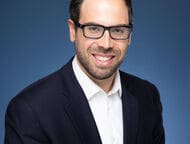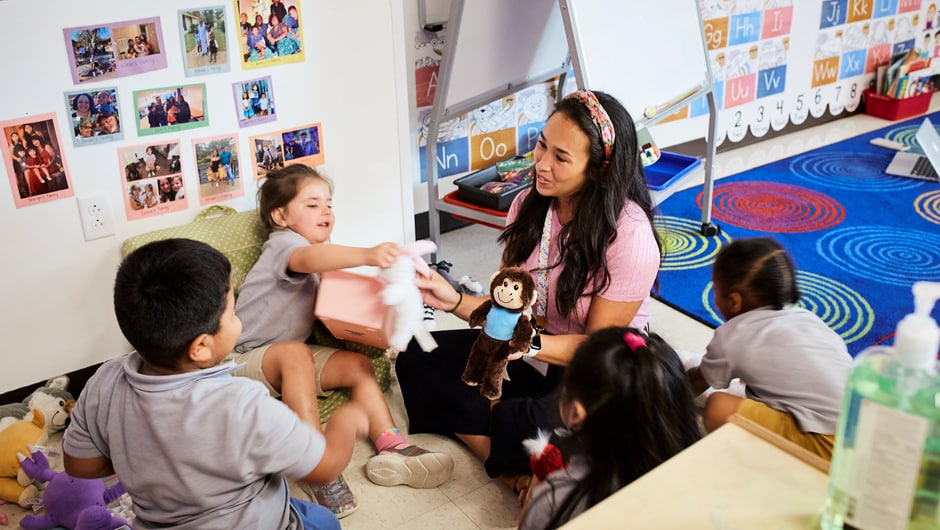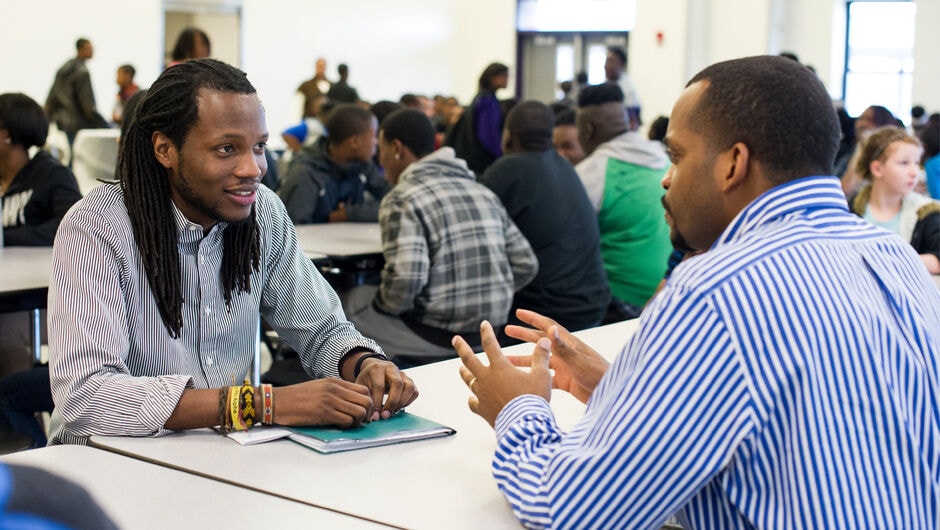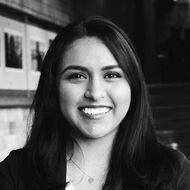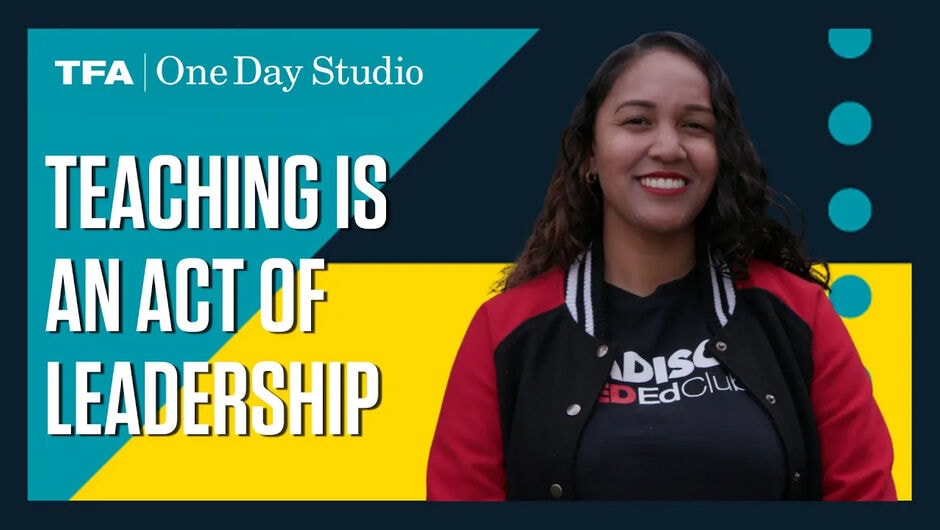
Leading with Cultural Competency in the Classroom
Alumna Sarah McManus (Indy ’17) discusses building coalitions with her students across lines of difference as an Asian American teacher.
In the midst of a February lull, upcoming midterms, and the desperate need for sunshine and warmth, several students were acting rowdy.
One girl, with whom I had yet to develop a strong relationship, looked me in the eye and said, “You better watch out, Ms. Ling Ling, before the government comes and puts you in a concentration camp.” I froze, feeling the blood rush to my face as I processed what she just said to me. Some kids laughed, others scolded her for being disrespectful. She looked at me with a gleam in her eye, challenging me to fight back, until I sent her to the office. We later had a restorative chat in which I shared the history of Japanese internment with her and how harmful that was for the Asian American community. Nevertheless, it still didn’t take away from the impact of her words and the sentiments behind them.
As a corps member, understanding cultural competency and identity have been some of the most crucial components to my teaching experience. I graduated from college with a degree in Political Science—and was actively involved in the Asian American Cultural Center at the University of Connecticut (UConn). I considered myself an advocate and thought that I had it figured out in terms of my identity and what it meant to navigate lines of difference as a person of color.

I was placed in a charter high school that was more racially diverse than most other schools. We had white, black, Latinx, and Asian students represented in our population. In spite of this, I soon realized how differently I stood out from my school community. I was the only teacher of color in the English department, and for many of my students, I was the first Asian American teacher that they had experienced.
Like many first-year teachers, I struggled with classroom management, lesson planning, and time management, both in my personal life and in the classroom. My first semester was met with a lot of resistance, and when tensions were high, insults and talking back were the modicum of power for students. There were two issues upon which they focused their insults: race and gender. My authority in the classroom was challenged almost daily, making me feel frustrated about my situation. I found myself at a crossroad: I could continue to let their comments get to me or I could use this as a teachable moment for us to work through how to navigate our lines of difference together.
I began to shape my curriculum around topics to expand their understanding of how to navigate lines of difference. We learned argumentative writing through landmark civil rights cases; we evaluated the ethics of war and personal narratives through Tim O’Brien’s The Things They Carried; we examined women’s rights by comparing and contrasting the #MeToo movement and the Seneca Falls Convention. Finally, I felt like I was fulfilling my purpose for joining TFA as I heard students engage in critical conversations and learn about the world through language and literature.
Alongside my professional growth, I began to build a strong rapport with my classes. In my second year, I looped up with my kids up from ninth grade to tenth. I began to share more details of my life beyond the superficiality of where I was from and where I went to college: I began to open up about my adoption, my Chinese heritage, and my experience in navigating my identity. I was hesitant to be that vulnerable about my background because it was such an easy target for mockery and disrespect in the past. However, they were surprisingly receptive and became more respectful about my story. This year, we celebrated Chinese New Year with lucky oranges and Chinese candies, watching the Beijing Huan Ying Ni (Beijing Welcomes You) from the 2008 Olympics. I was most nervous about this because I was concerned my students might make negative comments, given past precedent; to my surprise, they were very engaged and appreciated the various celebrities that were featured, even if they didn’t know whom they were or what they were saying. I also shared my 23andMe results with my class. They were so excited about it, and it was one of the personal details about myself that they remembered and referenced throughout the year.

By sharing these experiences, my students then began opening up to me about their own lives. One student told how his aunt adopted him. Another shared that she struggled with navigating her racial identity as a biracial young woman. I noticed that I not only formed stronger relationships with my students, but that they also came into my classroom with a greater joy for learning. These, by far, have been some of the most profound moments in my teaching career. Empowerment is what has inspired me to become an educator, and my hope is to ignite that spark in my students.
From this experience, I have learned the value in vulnerability and engaging in critical conversations in the classroom. We often consider social justice to be a grassroots movement, like writing to members of Congress or canvassing neighborhoods or marching in a rally. The reality of it, though, is that you can begin with something as simple as sharing your background to initiate critical conversations that will build students’ social, political, and economic contexts. I discovered that my joy for teaching stemmed from empowering students and exposing them to real-world issues and new ways of thinking. The power of education goes beyond the classroom to prepare students not only for academic success, but also to become culturally competent citizens of the world.
Sign up to receive articles like this in your inbox!
Thanks for signing up!
Content is loading...



